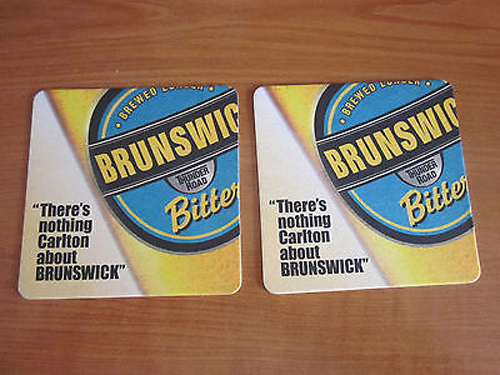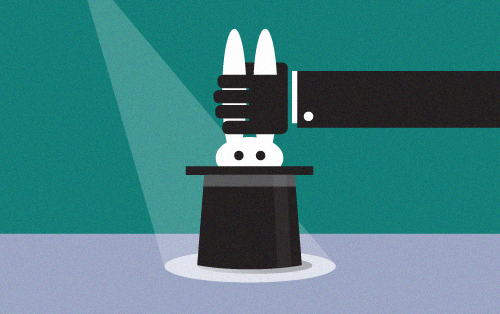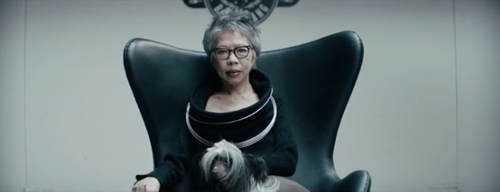I love craft beer.
So much so that when we travelled across the US, from west to east and visa versa, we always looked for a brewpub first for the evening meal.
These places not only had great beers but also excellent wines and food. Their food and drinks were well priced, and they weren’t a slave to the US practice of tipping.
Most of the owners paid their staff a good basic wage and therefore they weren’t reliant on a tip to survive.
Most craft breweries have a very different approach to creating and marketing their products. Especially compared to the big breweries, who are just after volume and usually develop beers that are basic and designed not to challenge the drinker in any way – they don’t want to offend.
Over the last few years I have seen a profound change in the design of beer labels.
The craft breweries’ strategy of creating a unique product now extends to their labels as well.
The first craft beer that I discovered, with a very different marketing approach and attitude, was BrewDog. This Scottish brewery has become international with manufacturing in the USA, Europe and now Australia.
However their labels were nothing to brag about. Their point of difference was their attitude and they did go out of their way to offend in as many ways as possible.
It certainly didn’t damage their sales.
As the craft beer market, both in Australia and around the world has becomes more crowded, brewers needed to find another edge.
Now the label has become a tool to express their point of difference.
Below are a few that I have discovered.
BrewDog (the original) from Scotland. Brio from Berlin, Kaiju from Melbourne, KCBC (Kings Country Brewing Collective) from New York, Mikkeller from Copenhagen and the very minimalist designs of Singlecut, again from NYC.








































It’s gone viral.
Thursday, May 21st, 2020As part of our forced isolation, due to the Coronavirus pandemic, I have been teaching myself new skills on the computer.
Part of this has involved developing a suite of T-shirts that dramatises the new ‘social responsibilities’ that have now become the norm.
I already had a range of Tees designed and ready to print. These were having a go at the Federal Government for its lack of action regarding Climate Change and last summer’s disastrous bushfires. Coronavirus (COVID-19) has overshadowed these events and these Tees now sit on the back-burner as unfortunately do the issues.
A catalyst for developing the COVID-19 Tees, was a ‘Call to action’ to the world’s creative community from the United Nations. The article was published in the US marketing and advertising magazine AdWeek. It was seeking submissions from around the globe for creative people to come up with ways to promote social safety and a resolve to stop the pandemic.
I felt that T-shirts were a logical platform to express these ideas, especially if they had simple graphics done with a sense of fun.
After all, humour has always been a great way of making a serious message memorable.
I had already designed three Tees and had them printed at Tee Junction, so it wasn’t too hard to come up with a few more and make a complete set.
I have also offered all these designs, free of charge, to Tee Junction and hope that they will promote and sell them on their website. I have asked them if the profits could go to a community charity supporting the effort of the First Responders.
As another initiative, I have taken the ‘It’s gone viral’ idea and developed a range of posters. Through Bravo Tango Bravo these have been offered to a poster company in the hope that they run them to promote social responsibility.
Let’s see what happens.
Posted in Advertising, Comment | No Comments »